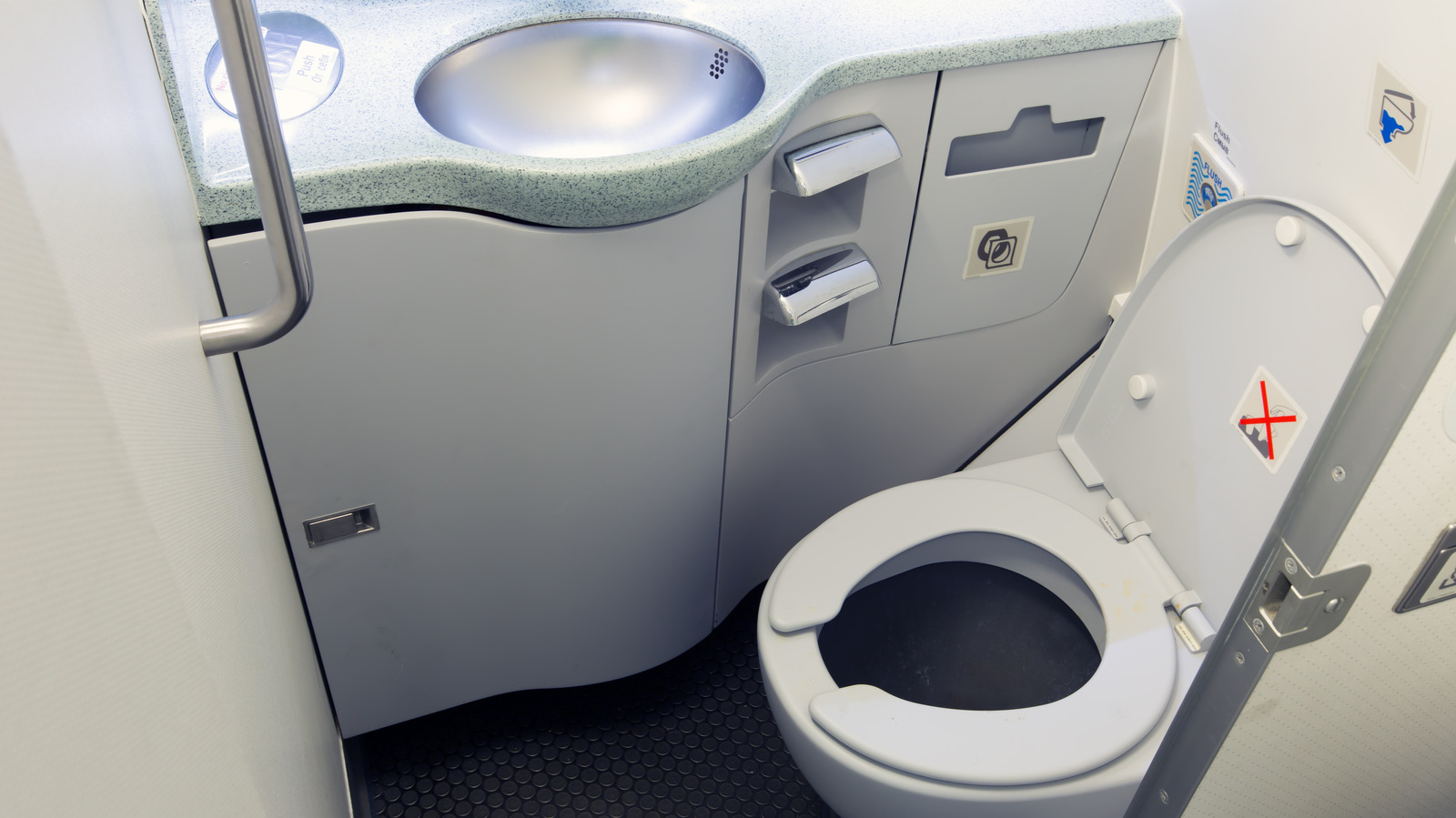
Your Trip Didn’t Go As Planned? Here’s How To File A Claim With Your Travel Insurance – Explore
Let’s paint an all too familiar picture. You’ve been carefully planning that dream trip and mapping out each detail, from flights to hotels. But life, as it often does, throws a curveball. Suddenly, you’re dealing with lost luggage, a non-refundable hotel room you can’t use, or — to make matters worse — an unexpected illness.
That’s when buying travel insurance comes into play, a financial safety net for unexpected trip cancellations, medical emergencies, or lost luggage. Travel insurance can make the difference between a total loss and a simple mishap while ensuring you’re not left out in the cold and footing the bill.
But filing a claim with your travel insurance company can send you for a spin, especially when you’re already dealing with the stress of disrupted travel plans. That’s why understanding how, when, and where to file a claim when things go haywire is so important — and might even increase your chances of getting that money back.
Filing a travel insurance claim
 Damircudic/Getty Images
Damircudic/Getty Images
With its fine print, novel-long contracts, and industry jargon, understanding your travel insurance policy can be daunting. Luckily, most providers are clear about what they cover and don’t from the get-go. As a rule of thumb, generic travel insurance plans typically take care of baggage delays or losses, accidental death, medical emergencies, trip cancellations, and non-refundable bookings. Beyond that, more comprehensive policies like the ones by World Nomads and Allianz can also cover adventure sports, car collisions, and pre-existing conditions.
Once you’ve figured out if your situation qualifies within the scope of your plan, the most important thing is to file a claim quickly and efficiently. Many insurance providers impose strict deadlines — often within 20 to 90 days of the incident, which means time is of the essence! Contact your travel insurance provider immediately after an incident to notify them and express your intention to file a claim.
Then, gather all the necessary documentation to back up what you’ve told them. This may include everything from medical records to police reports, receipts, confirmation emails, or any other paperwork that support your claim. After submitting your case and paperwork, you can expect to hear back from your provider within two weeks on whether or not your claim has been accepted and when you can expect to receive reimbursement.
Choosing the right travel insurance provider
 Mtstock Studio/Getty Images
Mtstock Studio/Getty Images
When it comes to choosing a travel insurance provider, it’s not as simple as picking the plan with the lowest premium. Let’s face it: cheap travel insurance isn’t always better, and it’s worth paying a little extra to make sure you’re properly being looked after. After all, peace of mind while traveling is priceless, and the right travel insurance provider can provide just that.
Using comparison tools like SquareMouth, take your time to dive deep into each policy to see what’s covered and what’s not, and to learn more about the insurer’s reputation, their claim handling process, and the flexibility of their plans.
Lastly, don’t hesitate to ask questions. If you’re unsure about anything, contact the provider for clarification. At the end of the day, the right travel insurance provider won’t just sell you a policy — they’ll take the time to educate and support you, so you can be confident about your coverage and jet off without a worry.

































![iFi's GO Bar Kensei Dongle DAC Supports K2HD Technology With Some Samurai Swagger [Updated] iFi's GO Bar Kensei Dongle DAC Supports K2HD Technology With Some Samurai Swagger [Updated]](https://i0.wp.com/cdn.ecoustics.com/db0/wblob/17BA35E873D594/33FF/45A11/QTXOLJR4xDKSNMMk2WlTgjaIlvSgcYpeU1xJzUwIoYs/ifi-go-bar-kensei.jpg?w=768&ssl=1)

























